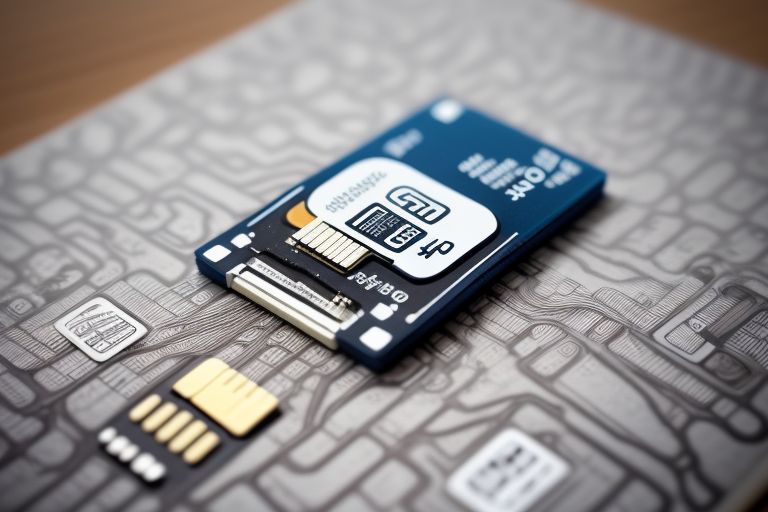Upgrade your Pi's SD card
This guide assumes that you don't have an external sd card reader, but instead have a Linux laptop or other computer with a reader. For the purpose of this guide, I will be upgrading from a 64GB card to a 512GB card.
Backup your Pi's current SD card
Insert the card with the existing Raspberry Pi's OS (64GB) into your laptop/computer
-
List the block devices
sudo lsblk
[sudo] password for username:
NAME MAJ:MIN RM SIZE RO TYPE MOUNTPOINT mmcblk0 179:0 0 58G 0 disk --mmcblk0p1 179:1 0 512M 0 part /media/username/bootfs --mmcblk0p2 179:2 0 57.5G 0 part /media/username/rootfs nvme0n1 259:0 0 931.5G 0 disk ..... Take note of which device is your SD card. In this case, it is "mmcblk0". If you're not sure, you can always eject the SD card, then run lsblk again, and compare it to when the card was inserted and see the difference.
Unmount the SD card
sudo umount /dev/mmcblk0*
-
Copy the SD card to a pi_backup.img file in your current working directory. Make sure you have space on your drive first!
sudo dd=if/dev/mmcblk0 of=pi_backup.img bs=4M status=progress
This will take several minutes.
Physically eject your old SD card (64GB) and put it somewhere safe.
Copy the backup image to the new SD card
Insert the new SD card (512GB) into your computer.
List the block devices
sudo lsblk
NAME MAJ:MIN RM SIZE RO TYPE MOUNTPOINT mmcblk0 179:0 0 512G 0 disk ..... Take note of which device is your new SD card. In this case, it is the same exact device name as before.
-
Unmount the new card
sudo umount /dev/mmcblk0*
-
Copy the pi_backup.img file to the new card
sudo dd if=pi_backup.img of=/dev/mmcblk0 bs=4M status=progress
This will take several minutes.
-
Resize the new SD card's non-system partition to utilize all 512GB
sudo gnome-disks
